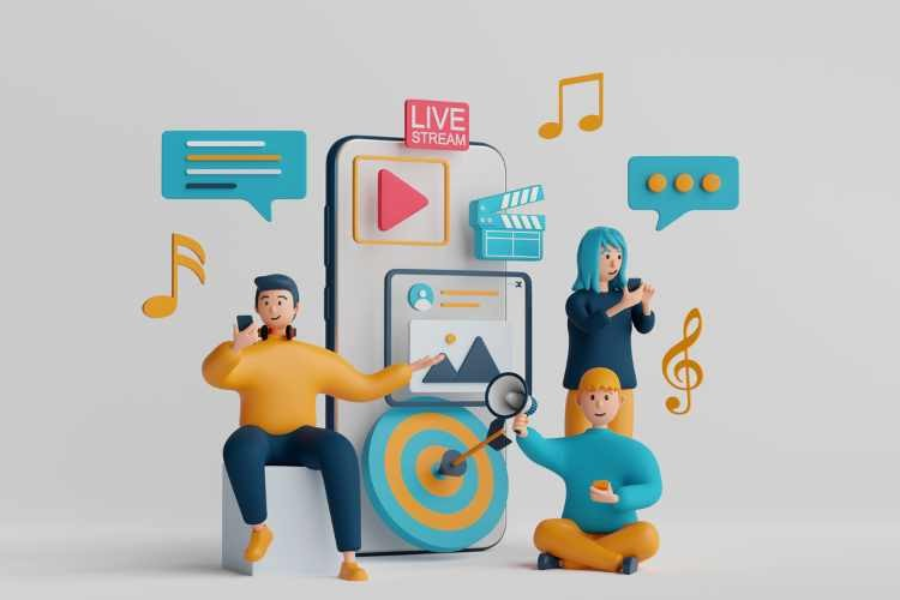In today’s fast-paced digital world, celebrities are more than just artists, actors, or influencers—they are brands. The rise of social media and the internet has transformed how the public perceives celebrities, putting them in direct control of their narratives. While traditional media once held the power to shape a star’s image, the tables have turned. Celebrities now have unprecedented control over how they are seen by the world, meticulously curating their online personas through various platforms and strategies.
But how do they manage to cultivate an image that resonates with millions of followers while maintaining authenticity? Below, we explore the key elements that go into building and curating a celebrity’s online image. Many celebrities use features like Snapchat Best Friend Planets to interact with close contacts while maintaining a curated public image for their fans.
Understanding the Power of Authenticity
Authenticity is often at the heart of a celebrity’s online persona. Audiences today value realness over perfection. Many stars embrace this by sharing glimpses into their personal lives, vulnerabilities, or struggles. They strategically balance professional highlights with personal moments to show they’re more than just a polished facade.
Take, for instance, celebrities like Dwayne “The Rock” Johnson or Chrissy Teigen, who regularly share personal stories, candid selfies, and family moments. This creates a sense of intimacy with their fans, allowing their followers to feel connected on a deeper level. The more genuine a celebrity appears, the more likely they are to build a loyal, engaged fanbase.
2. Leveraging Social Media Platforms for Different Audiences
Each social media platform caters to a unique demographic, and celebrities often tailor their content to fit the nuances of each. They understand that their audience on Instagram might appreciate aesthetically pleasing photos, while their Twitter followers may prefer witty remarks or political commentary.
- Instagram: Known for its visual appeal, celebrities use this platform to share a mix of glamorous, behind-the-scenes photos, personal milestones, and endorsements. The photo-sharing platform allows stars to offer fans a curated peek into their lives—while ensuring the content is carefully controlled and aligned with their image.
- Twitter: Often used for more immediate communication, celebrities use Twitter to engage in real-time discussions, share opinions, and even address rumors or controversies. It’s a platform for transparency and interaction, with tweets serving as an avenue for personality to shine.
- TikTok: Short-form video content is crucial for reaching Gen Z audiences. Celebrities use TikTok to showcase lighter, more playful sides of themselves, often jumping on viral trends or sharing behind-the-scenes moments from their professional projects.
- YouTube: For deeper, long-form content, many celebrities turn to YouTube. Whether it’s through vlogs, music videos, or personal insights, this platform allows stars to tell their stories in a more intimate and unfiltered way.
Each platform gives celebrities the tools to shape and segment their image for different audiences, building a multi-dimensional persona that engages across demographics.
3. Collaborating with Influencers and Brands
Brand partnerships and collaborations with influencers are key to amplifying a celebrity’s reach. However, successful endorsements are not about attaching a famous name to a product but choosing partnerships that align with the celebrity’s values, image, and audience.
For example, Rihanna’s collaborations with major brands like Puma and her own beauty line, Fenty, are more than just product endorsements—they are an extension of her brand, aligning with her message of inclusivity, empowerment, and style. Likewise, collaborations with influencers allow celebrities to expand their reach into new niches, using trusted personalities to vouch for their authenticity.
